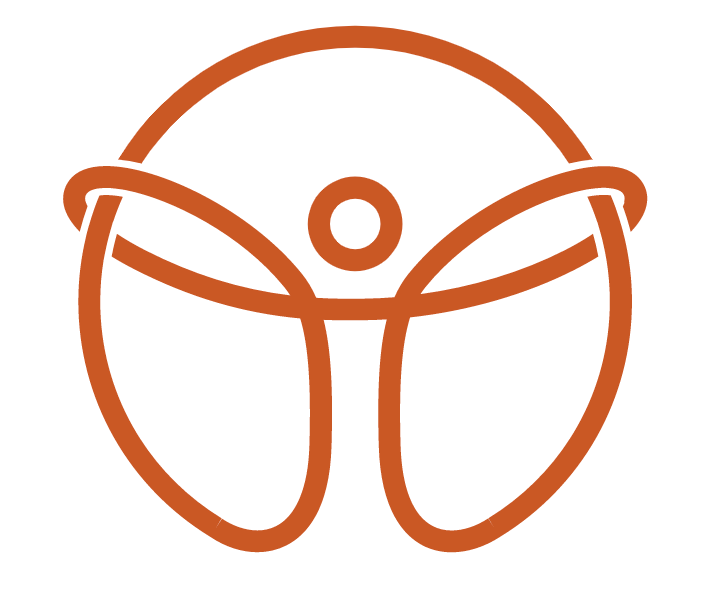Understanding Hip Pain Referred from the Lower Back
At MVMT STL, we often see patients who come to us with hip pain, only to discover that the source of their discomfort is not actually their hip but their lower back. This phenomenon is known as referred pain, where pain is perceived in a different location from where the actual problem lies. Understanding and addressing referred pain is crucial for effective treatment and long-term relief.
What is Referred Pain?
Referred pain occurs when pain signals from one part of the body are misinterpreted by the brain as originating from another area. This is due to the complex web of nerves that traverse our body. For instance, the nerves that exit the lower spine not only supply the muscles and joints of the lower back but also extend down to the hips, thighs, and legs. When these nerves are irritated or compressed at their root in the spine, the pain can travel along their pathways and be felt in the hip.
Why Treating the Back is Essential
If the root cause of hip pain lies in the lower back, directly treating the hip alone will provide limited relief. Effective management requires addressing the primary source of pain – the lower back. Here’s how chiropractic care and rehabilitation at MVMT STL can help.
Chiropractic Care: Improving Joint Mechanics and Decreasing Pain
Chiropractic care focuses on restoring proper joint mechanics, which is essential for relieving referred pain. Here's how our chiropractic treatments can benefit you:
Spinal Adjustments: Through adjustments, chiropractors help restore and improve motion in the spine, alleviating pressure on the nerves that might be causing referred pain. This helps reduce nerve irritation and improve overall spinal function.
Improved Mobility: Chiropractic adjustments enhance the mobility of the spinal joints, reducing stiffness and allowing for better movement patterns. Improved joint mechanics in the spine can directly impact how the hips function, reducing pain and discomfort.
Pain Reduction: By addressing the source of nerve compression and irritation in the lower back, chiropractic care can significantly decrease the referred pain experienced in the hip. This holistic approach ensures that the root cause is treated, rather than just the symptoms.
Rehabilitation: Strengthening Muscles and Building Resilience
While chiropractic care focuses on joint mechanics, rehabilitation complements this by strengthening the muscles and improving their function. At MVMT STL, our rehabilitation programs are tailored to address the unique needs of each patient. Here's how rehab can help:
Targeted Exercises: We design specific exercises to strengthen the muscles supporting the lower back and hips. Stronger muscles can better support the spine, reducing the likelihood of nerve compression and referred pain.
Flexibility and Mobility: Rehab exercises also aim to enhance the flexibility and mobility of the lower back and hip muscles. Improved flexibility helps in maintaining proper alignment and function of the spine and hips.
Postural Training: Certain postures can potentially exacerbate lower back issues, leading to referred hip pain. Our rehabilitation programs include postural analysis to ensure you maintain comfortable spinal alignment in your daily activities.
Building Resilience: Strengthening and conditioning the muscles around the spine and hips makes them more resilient to stress and strain. This resilience helps prevent future episodes of pain and promotes long-term spinal health.
Hip pain referred from the lower back can be a challenging issue to tackle, but with a comprehensive approach that includes both chiropractic care and rehabilitation, it is possible to find relief and achieve long-term wellness. At MVMT STL, we are committed to helping our patients understand the root causes of their pain and providing effective treatments that address those underlying issues. By improving joint mechanics through chiropractic adjustments and strengthening muscles with targeted rehabilitation, we can help you move better, feel better, and live a pain-free life. If you're experiencing hip pain that might be referred from your lower back, schedule a consultation with us today and start your journey to recovery.

